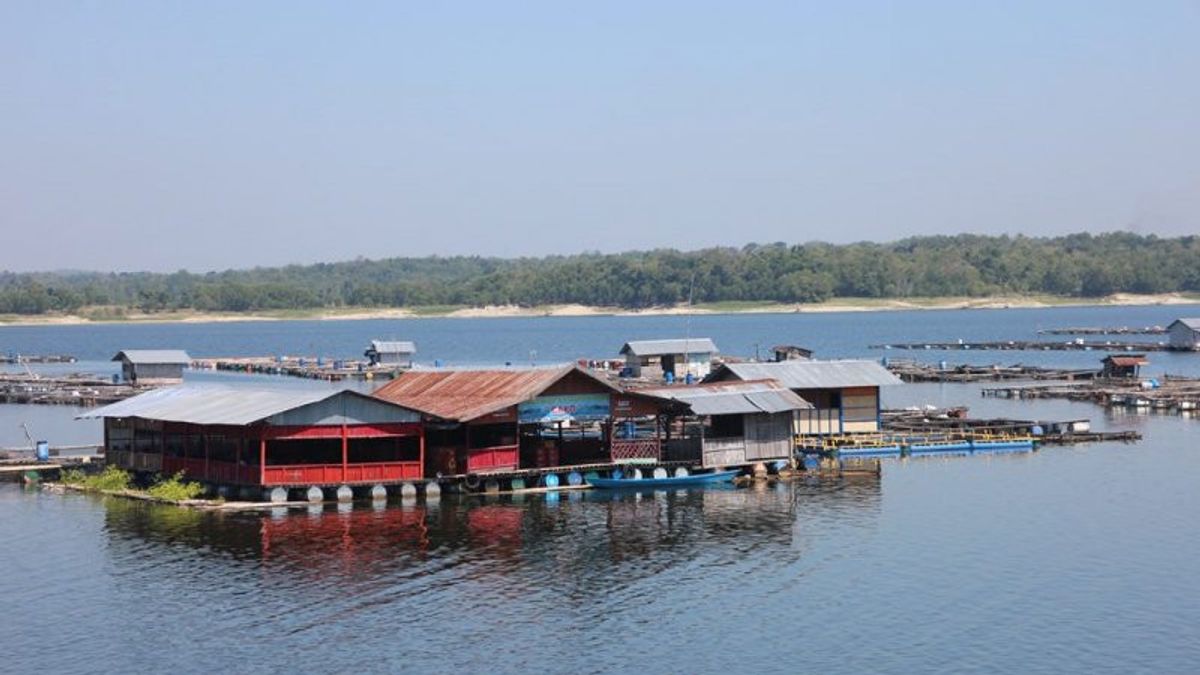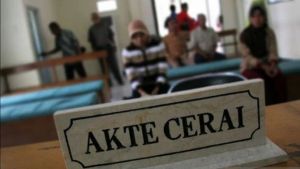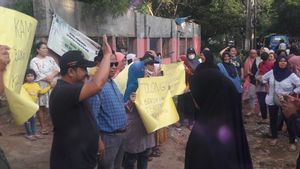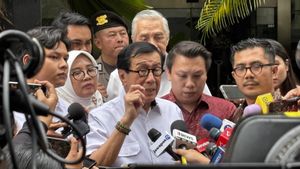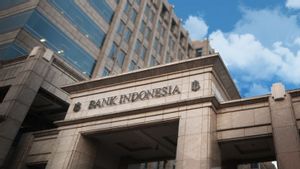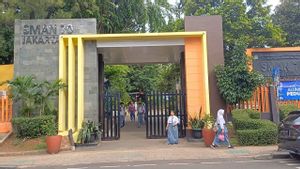JAKARTA History today, 34 years ago, January 14, 1989, the New Order (Orba) government officially flows water from rivers -- the Uter and Serang Rivers -- to the Kedung Ombo Reservoir. The water flow flooded 37 villages in seven sub-districts in Central Java. From the sub-districts of the Boyolali, Sragen, to Grobogan.
Previously, the construction of the Kedung Ombo Reservoir was considered full of controversy. New Order uses its power to carry out land acquisition at a low price. The military was also mobilized to ensure the success of land acquisition.
Suharto and New Order have important studies in advancing Indonesia's economic growth. They used economists who graduated from California University Berkeley to perpetuate economic stability. They were later dubbed the Berkeley Mafia.
The effort was successful. The impact can be felt over a long time. They were able to change the qibla of the Indonesian economy, which initially leaned towards the eastern block, now only to the western block. However, the strategy in fact has side effects.
Indonesia is dependent on foreign debt and foreign investors. That's what it looks like when Indonesia is discussing the construction of a strategic project. The construction of the Kedung Ombo Reservoir, one of them.
At that time, the Kedung Ombo Reservoir was planned by the New Order to use funds from foreign debt cash. Among others, from the World Bank amounting to 156 million US dollars, Bank Exim Japan 25.5 million US dollars, and partly from the state budget.
The funds were deemed sufficient to carry out land acquisition. However, the New Order government refused to lose. The military is also used to terrorize residents to sell their land at a low price. This practice provoked criticism from many parties.
The Ombo Dam is indeed a colorful series of stories. The Serang River dam project began to be worked on in 1984. This dam was built for the control of the Serang River, which often rages in the rainy season, becomes a source of irrigation water for 10,000 hectares of rice fields, and can provide 22.5 MW of electricity.
The land needed for this reservoir project is 5,000 hectares to 6,167 hectares of which are needed for inundation areas. Of that number, 4,163 ha came from people's lands -- rice fields, gardens, or yards. The rest is in the form of state land. The Kedung Ombo Reservoir includes three regencies, Sragen, Boyolali, and Grobogan," said Putut Trihusodo and his friends in a report in Tempo Magazine entitled Those Who Defended in Kedung Ombo (1991).
The rejection of the construction of the Kedung Ombo Reservoir is everywhere. National figures such as Abdurrahman Wahid (Gus Dur) and Father Mangun are in the line. The New Order government was asked by them to end the issue of injustice in the case of land acquisition for the Kedung Ombo Reservoir.
The protests were ignored by the New Order. They continued construction. In the end, the Kedung Ombo Reservoir was completely filled with water on January 14, 1989. The flow of water then inundated dozens of villages. As a result, many local residents lost their homes to income. Even the Kedung Ombo Reservoir was only inaugurated in 1991.
The construction of the Kedung Ombo Reservoir (1985-1991) sank 37 villages in 7 sub-districts in Sragen Regency, Boyolali, Grobogan. A total of 5,268 families lost their land due to the construction of the reservoir. Residents were forced to receive compensation of Rp250 per square meter. More than 40 people drowned, "explained Rusna Nondi in the book Setit Cahaya infection (2014).
The English, Chinese, Japanese, Arabic, and French versions are automatically generated by the AI. So there may still be inaccuracies in translating, please always see Indonesian as our main language. (system supported by DigitalSiber.id)
